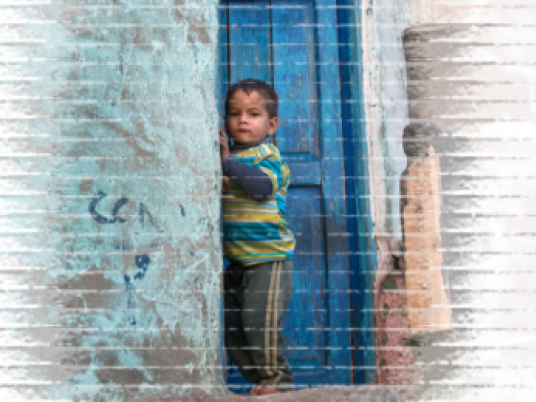
Egypt’s official statistics agency said on Tuesday that the Egyptian poverty line stands at an income of LE5,787.9 annually and LE482 monthly, 48 per cent higher than in 2012/2013.
About 27.8 per cent of the Egyptian population is currently living below the poverty line, according to a Central Agency for Public Mobilisation and Statistics (CAPMAS) survey addressing income and expenditures in 2015.
The poverty line is defined as the minimum income deemed adequate for an individual to meet his basic needs. The poverty line in Egypt differs from one area to another depending on the cost of living in each area.
The Egyptian poverty line was raised from LE326 monthly in the 2012/2013 survey to LE482 in 2015, an increase of 48 per cent, said Professor of Statistics at Cairo University Heba al-Laithy who took part in preparing the CAPMAS survey.
The annual rate of inflation in consumer prices reached 14.8 per cent in June.
The data from the survey indicates that 2015 saw the highest poverty levels since 2000. Poverty rates have hiked to 27.8 per cent in 2015 compared to 26.3 per cent in 2012/2013 and 25.2 per cent in 2010/2011.
The current poverty line means that a family made up of 5 individuals needs LE2,372 monthly to float above the line.
Laithy believes there is a direct correlation between the increase in family members and the vulnerability to poverty. That is in addition to the role played by illiteracy. She said that "the illiterate are usually the poorest."
She added that "Across all age groups, the poor are less likely to enroll in education, which means that poverty is inherited and the poor will remain poor. However quality education is able to eject citizens from poverty.”
The increase in food prices also contributed to an increase in poverty rates, according to the professor.
The CAPMAS survey pointed out that the urban population is richer than the rural one but the former suffers higher levels of income inequality.
Rural areas, on the other hand, witnessed increased levels of inequality and poverty during the past two years compared to the urban areas where inequality levels decreased and poverty levels stabilised.
Higher poverty levels were seen in the rural areas of Upper Egypt where poverty reached 56.7 per cent, while the poverty level in lower Egypt was recorded at 19.7 per cent.
The governorates of Assiut and Sohag ranked the highest in terms of poverty levels at a rate of 66 per cent. Poverty in Cairo, on the other hand, reached 18 per cent of its inhabitants.
The survey’s results signified that food subsidies protected 4.6 per cent of Egyptians from falling below the poverty line, according to the data.
The results also indicated that 77 per cent of the 10 per cent of Egyptians with the highest spending used subsidy cards in 2015. This is more than previous years, which shows inefficiency in Egypt’s subsidy system supposedly tailored to benefit lower income groups.




